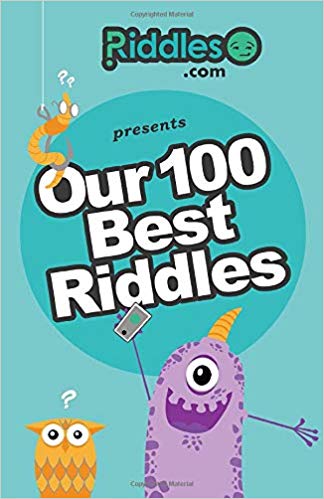Enter a keyword into the search box. The riddle search will check to see if the word is in the Title, Riddle, or Answer and return results if they exist.
"P" Riddles - Next 10 of 9970.
Riddle:
What are the only 2 states that have their state name in their capital?
Answer: Oklahoma City and Indianapolis.
Riddle:
What work is it that the faster you work, the longer it is before you're done, and the slower you work, the sooner you're finished?
Answer: Roasting meat on a spit
Riddle:
You have 14 brown socks, 14 blue socks and 14 black socks in your sock drawer. How many socks must you remove (without looking to be sure) to have a matched pair?
Answer: Four. You will have a pair of one color or another.
Riddle:
When may a man call his wife "honey"?
Answer: When she has a comb in her hair.
Riddle:
What do computer programmers sing in the shower?
Answer: Disc-o.
Riddle:
How do you communicate with a monster that lives on the seabed?
Answer: Drop him a line.
Riddle:
How do you make an orange giggle in the tub?
Answer: Tickle its navel.
Riddle:
A certain number has three digits. The sum of the three digits equals 36 times this number. Seven times the left digit plus 9 is equal to 5 times the sum of the two other digits. 8 times the second digit minus 9 is equal to the sum of the first and third.
What is the number?
Answer: This one is fairly easy - 324 is the answer.
Riddle:
Why didn't the butterfly go to the dance?
Answer: Beacause it was a moth ball.
Riddle:
I, the inspector of Inspector, inspected the inspection of Inspector as Inspector inspected. What does this mean? Hint: watch the capitalization and the "A"s
Answer: The narrator is the person inspecting a person called Inspector. He did this while Inspector inspected and he also watched his inspection.

